Martin Luther King's forgotten dream: elevating the plight of the poor
The occupation of the mall in Washington was an audacious attempt to show the US establishment they needed to do more on poverty
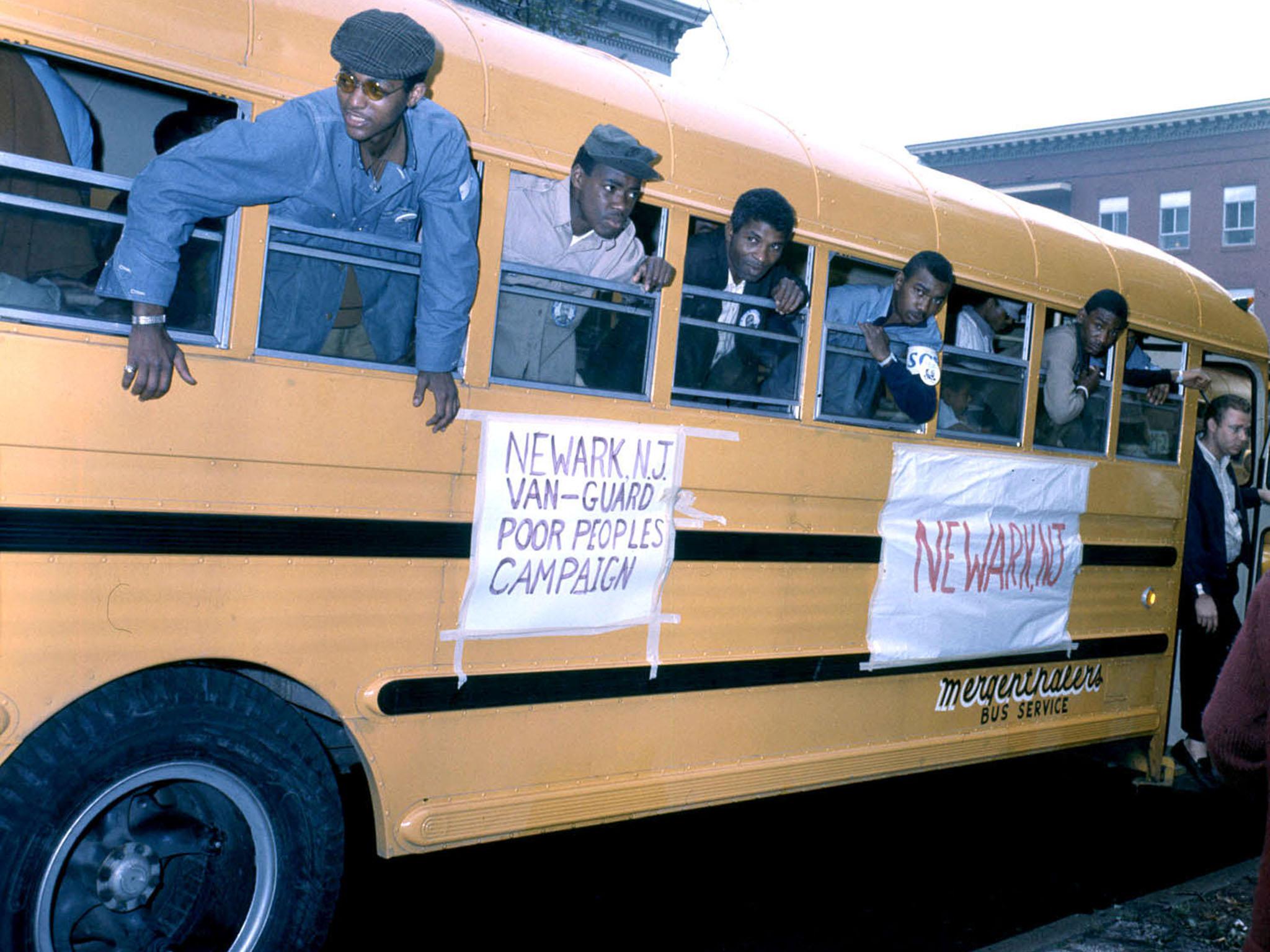
Your support helps us to tell the story
From reproductive rights to climate change to Big Tech, The Independent is on the ground when the story is developing. Whether it's investigating the financials of Elon Musk's pro-Trump PAC or producing our latest documentary, 'The A Word', which shines a light on the American women fighting for reproductive rights, we know how important it is to parse out the facts from the messaging.
At such a critical moment in US history, we need reporters on the ground. Your donation allows us to keep sending journalists to speak to both sides of the story.
The Independent is trusted by Americans across the entire political spectrum. And unlike many other quality news outlets, we choose not to lock Americans out of our reporting and analysis with paywalls. We believe quality journalism should be available to everyone, paid for by those who can afford it.
Your support makes all the difference.In that fraught and unsettled spring of 1968, Kenneth Jadin had a problem.
The 25-year-old architecture professor at Howard University needed a chunk of land. A big, big chunk of land.
Jadin and others had been tasked with the difficult challenge of figuring out how and where to house thousands of activists who would be flooding into Washington DC for an anti-poverty demonstration so grand in scale and so ambitious in scope that no one had ever seen anything like it.
Decades before Occupy Wall Street mainstreamed the notion of protest as semi-permanent encampment, Washington was about to become the scene of a demonstration so fixed in place that it would have its own zip code: 20013.
The demonstration was to be the centrepiece of Martin Luther King's Poor People's Campaign, which he envisioned as a bold call to action to pressure the government to do more to address poverty. Jadin had a meeting scheduled with King, a man he admired but had yet to see in person, to discuss the difficult logistics of his plan to occupy Washington. That meeting was set to take place the first week of April.
But first, King would travel to Memphis, where an assassin's bullet took his life.
The shots fired by James Earl Ray did not, however, halt King's vision for a nonviolent show of civil disobedience – featuring a diverse array of African-Americans, as well as Latinos, Native Americans, Asians and Appalachian and rural whites – intended to rattle the capital and its powerful inhabitants. Jadin and other volunteers kept planning. They'd been considering staging the demonstration site – which would take the name "Resurrection City" – at an abandoned airfield or on undeveloped land owned by a cemetery. But now they pressed for approval for their first choice.
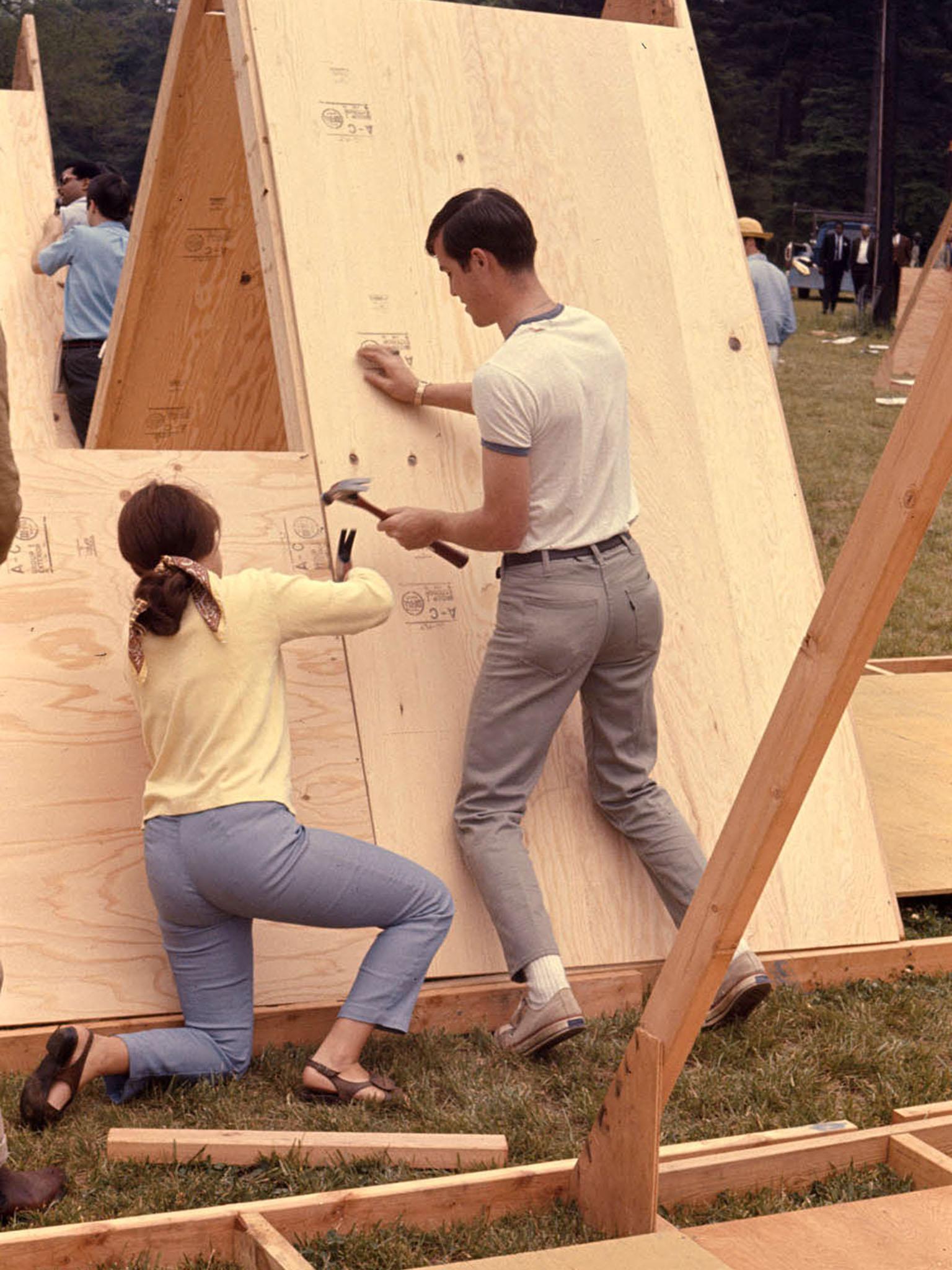
"We're going to get the National Mall," Jadin, now a professor emeritus at Howard, remembers telling colleagues. "They can't say no now."
And he was right. In the weeks to come a city grew on the expanse of land between the Capitol and the Lincoln Memorial. At its height, 3,000 people would take up residence there in tents that Jadin designed.
But in a sense what they did there has been lost to time, wedged as it was amid the anguish of two of the signal tragedies of 20th century America: the assassinations of King and Robert Kennedy, who was shot less than a month after Resurrection City was erected and three weeks before riot police forced the demonstrators out of their camp.
"It's a forgotten part of our history," Marc Steiner, a Baltimore radio host and longtime activist who lived at Resurrection City during its six-week run, said in an interview.
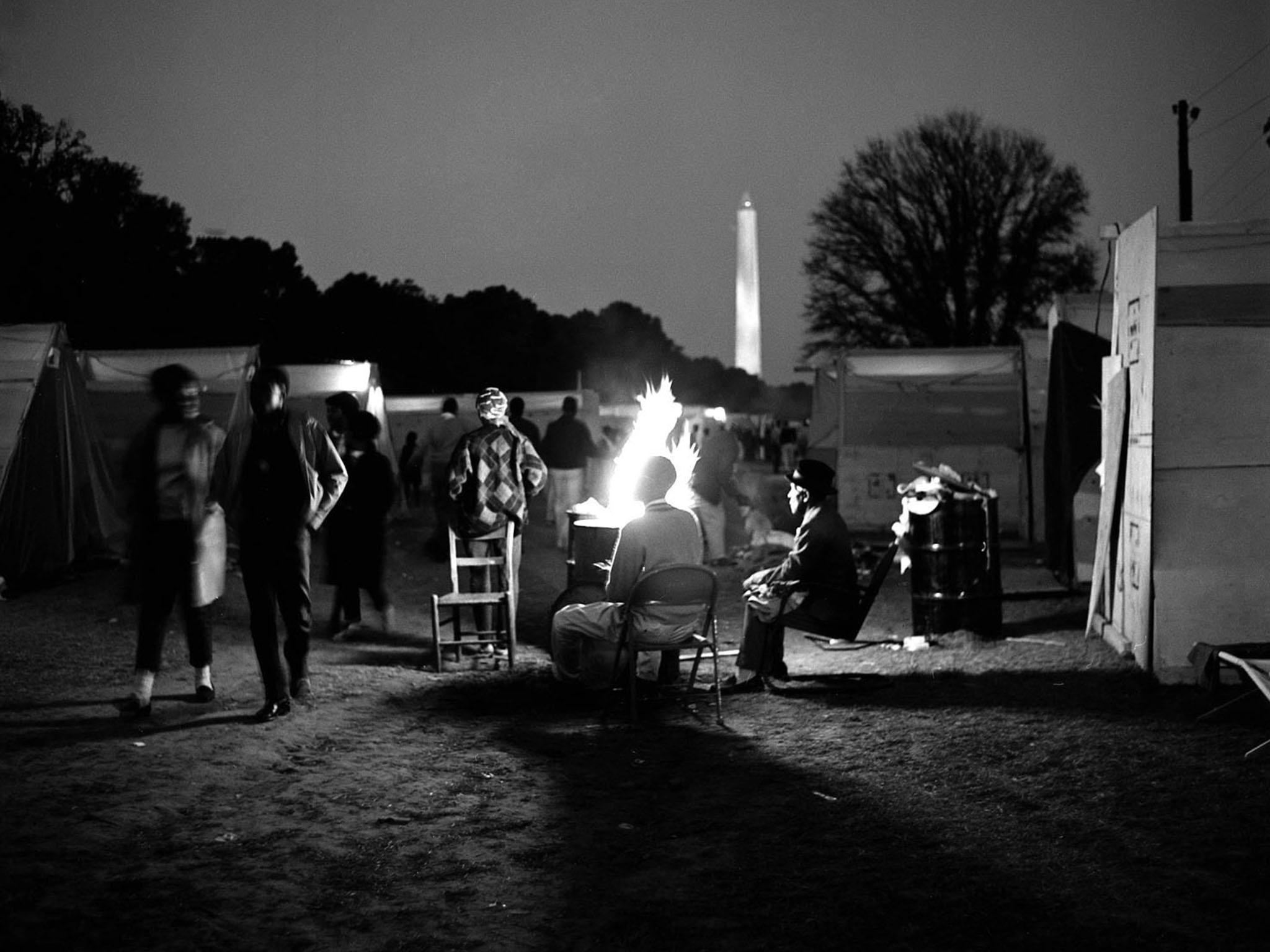
The assassinations of King and Kennedy drew so much attention that dozens of images captured by a freelance photographer on assignment for Life magazine, Robert Houston, were pushed aside for bigger news – and never published.
An enlarged version of one of Houston's photos greets visitors to a new exhibition commemorating the 50th anniversary of Resurrection City and the Poor People's Campaign in space dedicated to the National Museum of African American History and Culture at the National Museum of American History. Half a century on, Houston's photographs have a special resonance: while many of the images of the civil rights era were taken in black-and-white, Houston often shot with colour film.
His image of a striking yellow school bus ferrying demonstrators from Newark, New Jersey pulls visitors into the exhibit, serving as a kind of beacon of brightness in a space where the lighting and the mood is more subdued. Houston's photos have seldom been seen in public, but they came to the attention of the Smithsonian after an exhibition of his work was held at Morgan State University, Houston said.
On a recent morning, Houston – now 82 and still active as a photographer in Baltimore – stood beneath the school bus photograph looking up at the faces: young black men wearing pins bearing the image of a slain civil rights leader, but with expressions that could only be read as optimism.
"You heard that four-letter word a lot: H-O-P-E," said Houston, who lived in a tent throughout the six-week demonstration. "Never before had I met a group of people who had absolutely nothing to lose. They had nothing to lose and everything to gain."
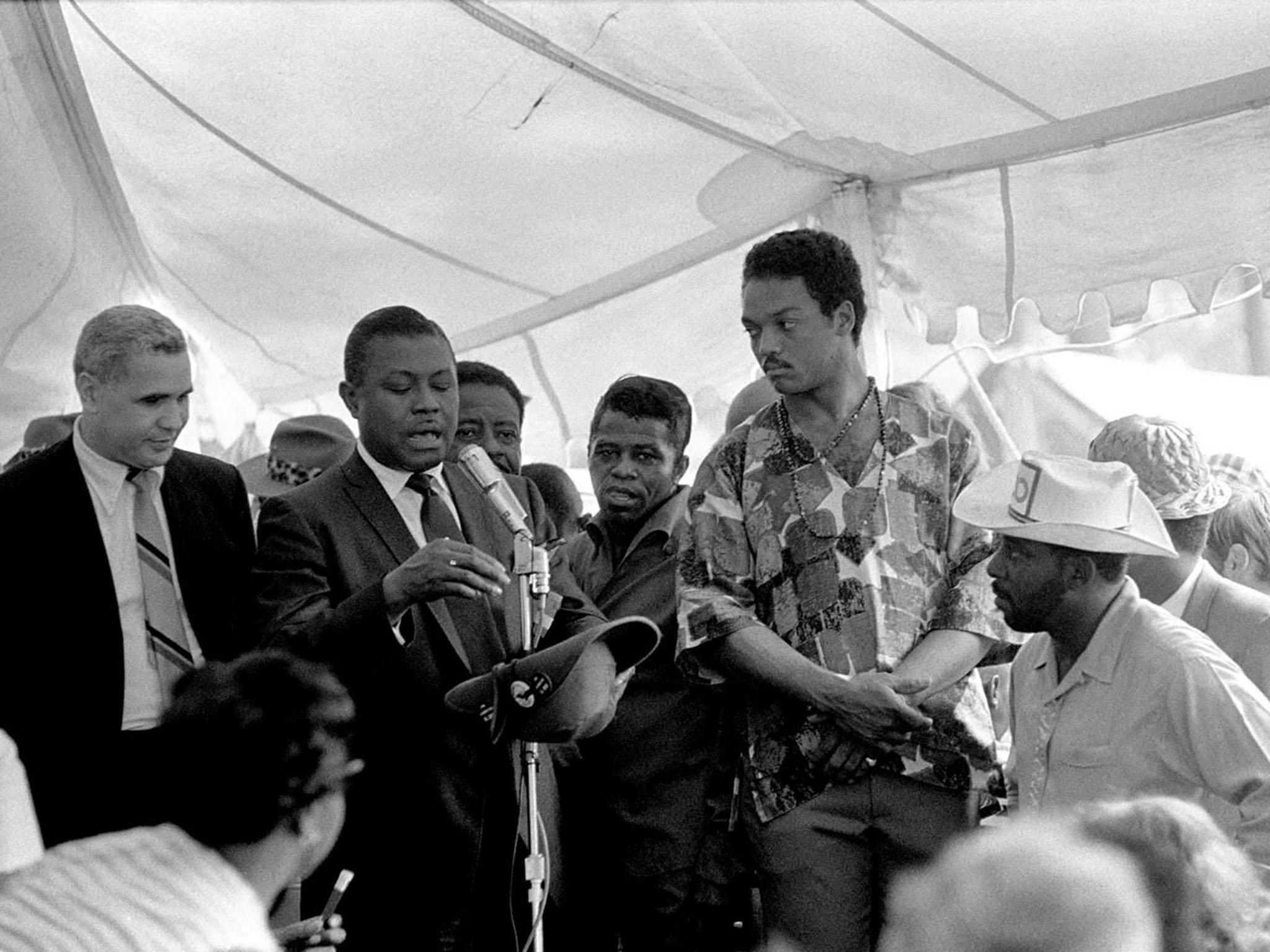
Jadin, the Howard University professor who was one of many sympathetic whites who joined the cause, drew up diagrams on how to assemble the plywood-and-plastic, A-frame tents where Houston and the rest of the demonstrators would live. The parts were assembled at a Catholic brotherhood facility north of the city, he said, and trucked in by volunteers. But once the young demonstrators got ahold of them, they let their creativity flow.
"I was amazed at the inventiveness of people," Jadin recalled. "These high school kids ... made two-story units. One of them told me he'd never held a hammer before!"
He thought to himself, "If they're an example of the youth of today, we're in good shape."
Some painted peace signs on the plywood. A people's university was erected, so demonstrators could attend classes, and a culture tent was set up. A Washington Post headline awkwardly declared a "City of Huts Started Near Mall; Leaders Vow a Long Camp-in".
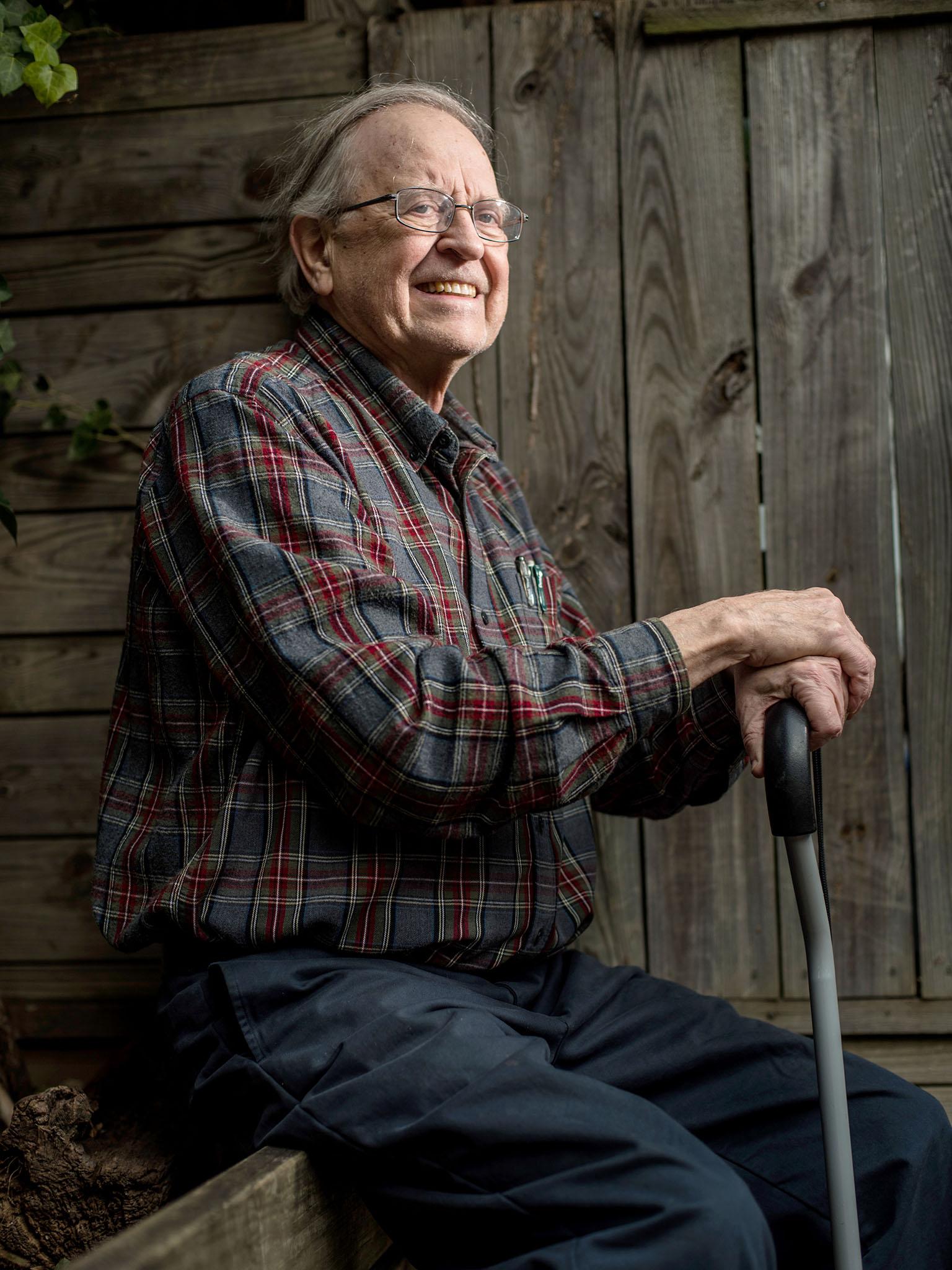
In May 1968, demonstrators began arriving in bus caravans and in mule carts. They were determined to make their presence known. Among those who'd been vocally supportive was Robert Kennedy, who was in the midst of his campaign for president and seemed to be on a path to the White House. Peter Edelman, a Georgetown law professor and the husband of civil rights leaders Marian Wright Edelman, recalled talking to Kennedy poolside one afternoon. Kennedy told him activists should go to the capital determined "to stay and to stay and keep on staying until people in Washington get sick of it and decide to do the right thing."
The goals of the Poor People's Campaign included an "economic bill of rights" and more money for housing and job programmes. Folk singer Pete Seeger spent time there, as did Bill Cosby and Robert Culp, who had recently starred on one of the biggest shows on television, I Spy, Steiner recalled.
But the means of achieving their goals weren't universally agreed upon. Steiner, the longtime radio host who lived at Resurrection City for weeks, and many of the demonstrators advocated a boisterous, disruptive approach that was sometimes in conflict with the movement's leaders, he said.
One day, Steiner said he and others stormed into a hotel where the Rev Ralph David Abernathy, who had assumed a more prominent leadership role after King's assassination, was staying with other leading lights of the movement. Steiner, who'd been slogging through mud brought on by heavy rains that swamped Resurrection City, didn't like the optics of some of the movement's leaders staying in more comfortable digs.
"There was clearly a split between those of us in the camps and the leadership," Steiner said.
But others saw the movement's leaders as galvanizing forces. Jadin, the architecture professor, marvelled at the daily speech the Rev Jesse Jackson delivered while breakfast was distributed.
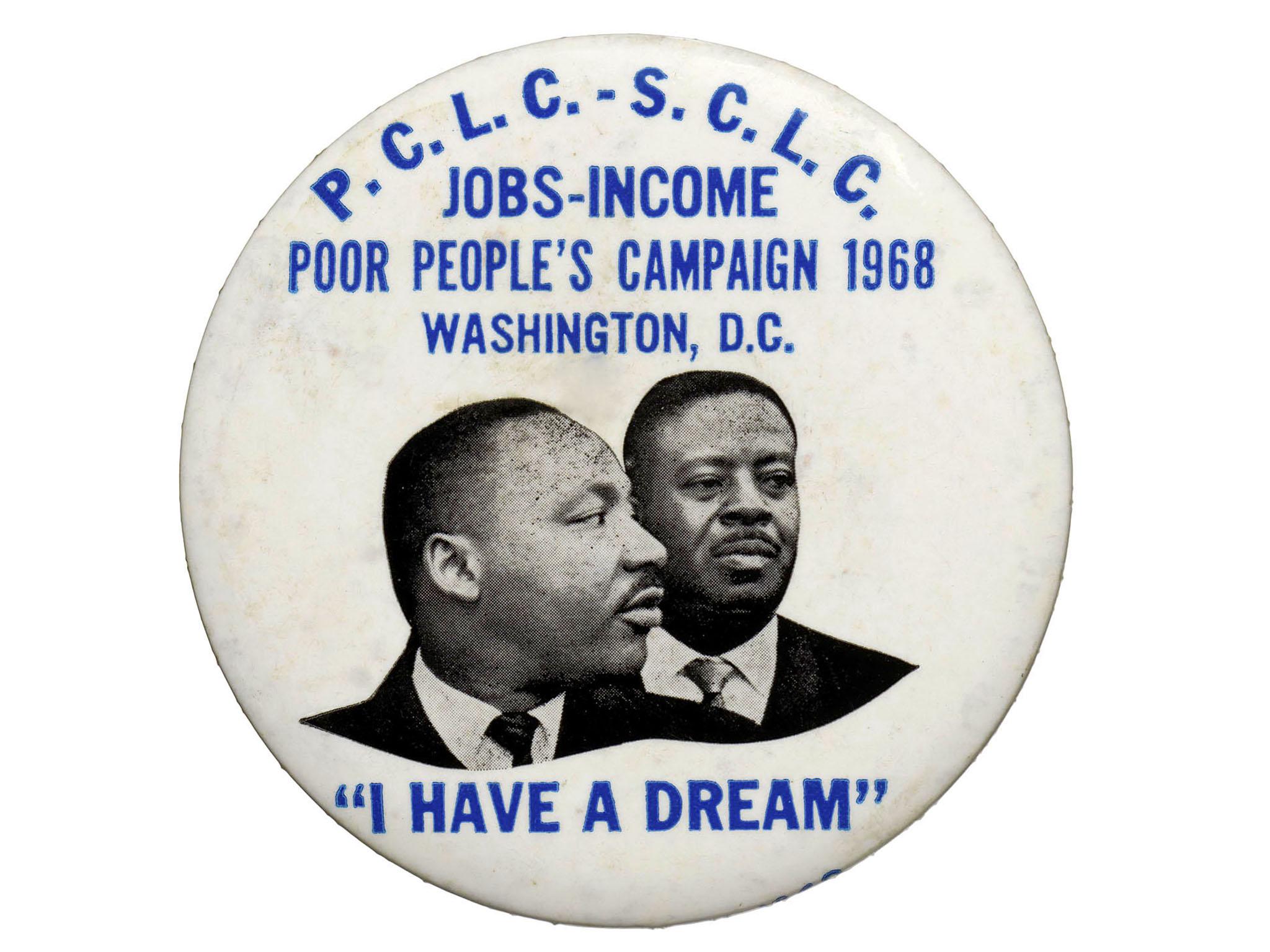
"I hadn't ever heard such preaching," Jadin said.
Three weeks into the demonstration, the nation was rocked by the assassination of Kennedy during a campaign event in Los Angeles. His funeral procession stopped at Resurrection City and the crowd broke into song.
"It was one of the most emotional moments you've ever experienced with that number of people," Steiner recalled. "Black, white, Latinos, spontaneously breaking into the "Battle Hymn of the Republic". His death in many ways was as profound as the death of Martin Luther King. He was someone who identified with poor people and wanted to do something about poverty."
As the days dragged on, the resolve of the demonstrators waned and the population living in the more than 500 tents plummeted. By late June, the city's tolerance for the demonstration was also gone. The demonstration permit was expiring, and protesters and police were trading accusations. Law-enforcement officials were accusing demonstrators of throwing rocks at officers, and Poor People's Campaign leaders were arguing about alleged police brutality and saying riot forces were provoking camp residents by lobbing tear gas canisters.
On 24 June, teams of riot police descended on Resurrection City firing tear gas. Houston, the freelance photographer, can remember leaping into the Lincoln Memorial Reflecting Pool to wash the chemicals from his skin. More than 340 demonstrators, including Abernathy, were arrested. It was a demoralising moment, as the demonstration came to an end without having achieved major tangible results.
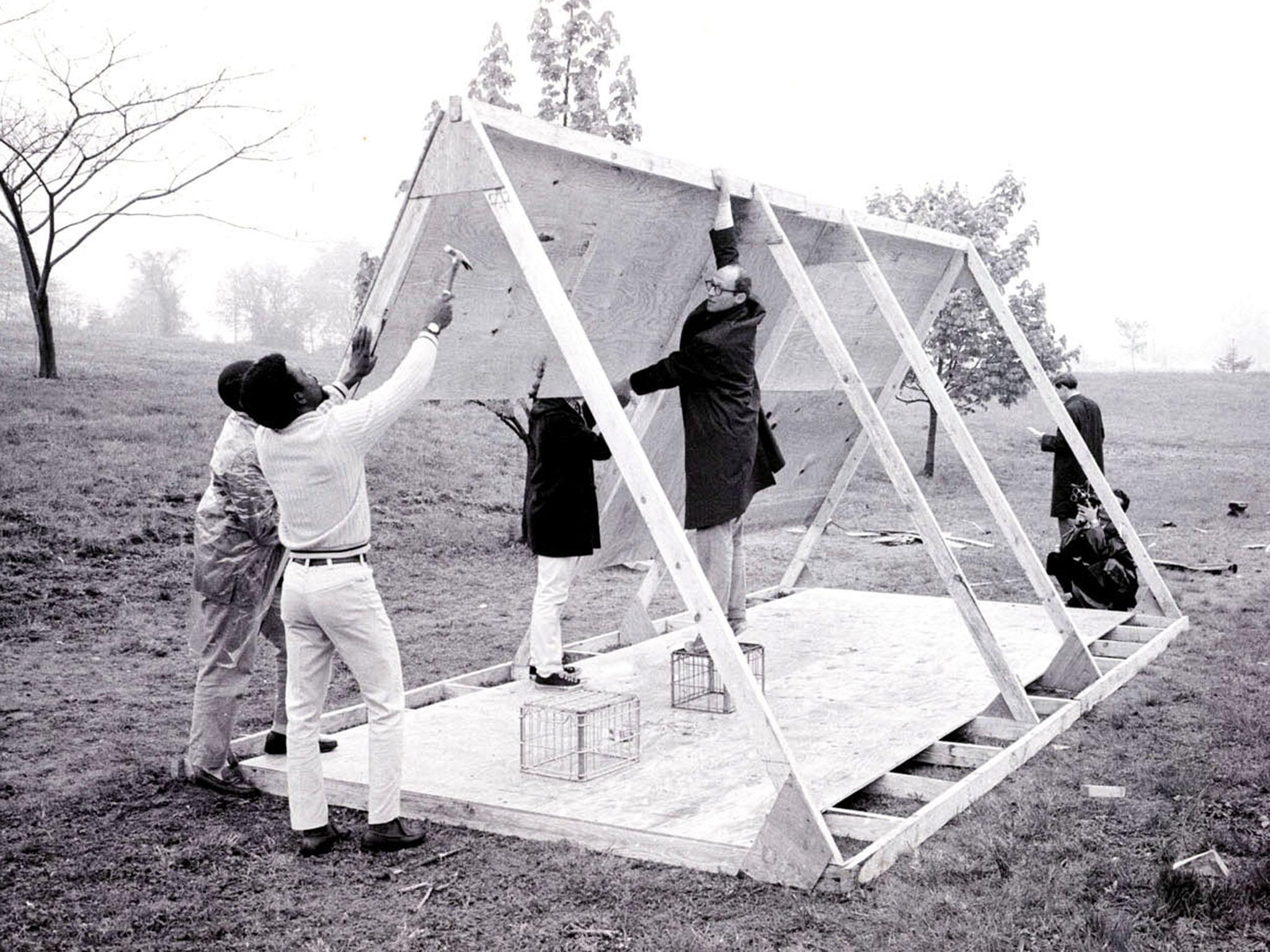
"At the time I thought they'd crushed us. It was just dispersing all the energy of people who were coming in the beginning," Steiner said. "That's why people thought it was a failure."
But, looking back, Steiner has begun to reassess. Yes, poverty persists as a huge problem - there were 35 million people, or about 17 percent of the total population, living in poverty in 1968, according to the Census Bureau, and there were 40.6 million, or about 12 percent, in the same condition in 2016.
Steiner noted how many of the activists returned to their communities and organised programmes that helped countless people, a spirit that he believes lives on.
"The success is now – that 50 years later people are saying, 'What? What happened?'" he said.
He was talking recently with a young activist who crowed that the protest movements of today are different.
"This is not your grandmother's revolution," the activist told him. "I said, 'You're part of a continuum'. "
© Washington Post
Subscribe to Independent Premium to bookmark this article
Want to bookmark your favourite articles and stories to read or reference later? Start your Independent Premium subscription today.
Join our commenting forum
Join thought-provoking conversations, follow other Independent readers and see their replies
Comments